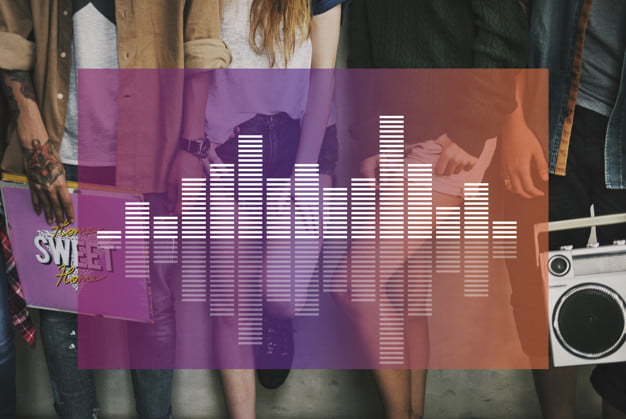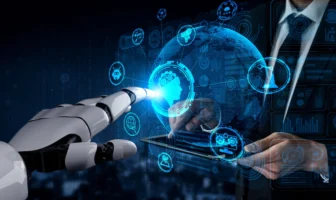
Whilst the digital revolution has dramatically changed the way in which we watch television and consume content. It has not had such a seminal impact on radio generation. In fact, a report by Nielsen found that traditional broadcast radio is still the preeminent way of consuming audio content in the U.S.
However, we are seeing digital technologies begin to change the way in which radio works. With CD and HD-quality broadcast now becoming commonplace across the airwaves.
In this article, we’ll consider the mechanics of digital radio. Whilst asking how far this broadcast medium has come since its inception back in the 19th century.
Radio Generation – Radio Broadcasts Across the Globe:
Interestingly, there’s considerable debate about the origins of the radio. As whilst inventor Nikolai Tesla demonstrated a wireless unit in Missouri back in 1893. It’s the Italian Guglielmo Marconi who’s commonly credited with introducing this iconic piece of equipment.
Marconi was awarded the original wireless telegraphy patent seven years earlier in 1896. Whilst in 1901 he secured his place in history by transmitting radio signals across the Atlantic Ocean for the very first time.
Since this seismic moment, however, the evolution of radios and the beginning of the radio generation has stagnated to some degree. Ss so-called AM and FM frequencies have continued to transmit content across local and national airwaves.
These scratchy, static shortwave signals often sound like they’re being beamed from outer space. Whilst they can often be incoherent and subject to considerable interference.
The marketplace is finally beginning to shift. However, with the Federal government in the U.S. blazing a trail in this respect. Last October, the Federal Communications Commission in the States approved digital broadcasting for U.S. radio stations. It was in partnership with a firm called iBiquity, creating a scenario where CD and HD-quality audio will be rolled out.
However, this may not work in the way that you think. Rather than immediately replacing traditional broadcasts, digital technology will operate alongside AM and FM stations to enhance the quality of analog audio.
How Does This Work and What’s the Future for Radio?
This may only represent a transition period. However, as consumers will need to invest in brand-new radios to access digital content. This technology will surely become preeminent over the course of the next decade or so.
But how exactly does the current arrangement work? In simple terms, radio generation stations will create a digital signal that runs alongside their traditional analog alternative, before both of these are transmitted simultaneously from an antenna.
The digital signal is ‘compressed’ at this time, before being picked up by various HD tuners built-into individual radios in cars, homes, and workplaces within a target area. Interestingly, the range of the digital signal isn’t as large as the analog alternative, but high definition receivers negate this by filtering out any signals with interference or significant static.
Along with supplementary technology such as wireless 5G connectivity and RF power (which services as an amplifier that converts a low-power radio frequency into a high-power signal), this innovation should drive rapid change in the radio communication market.
Read Also:




























